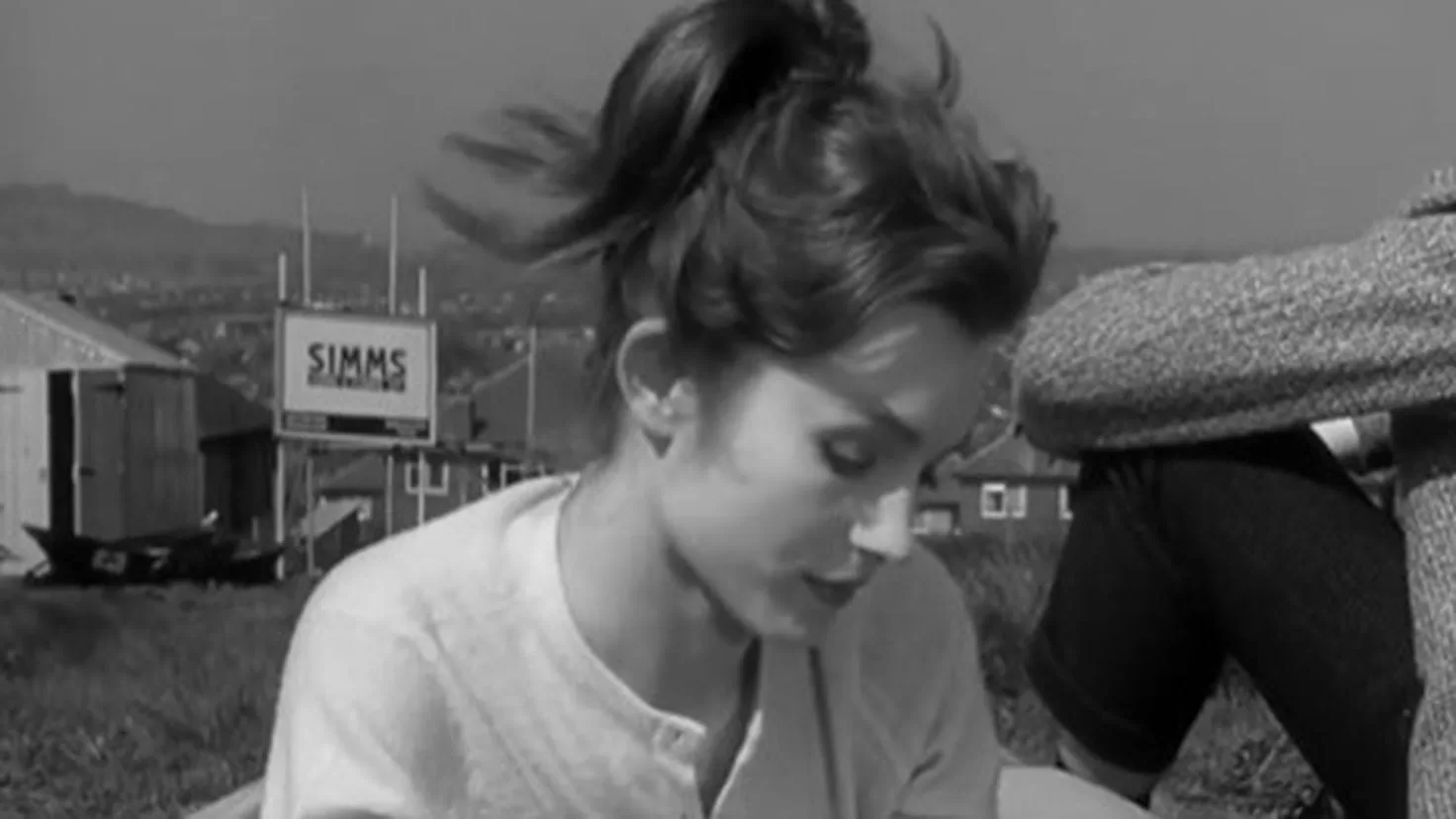Dortmund.
The Dortmund Football Museum is open seven days a week during the holidays. You can relive World Cup victories – and marvel at the original balls
The ball is round, as Sepp Herberger already knew. And it stays that way at Easter in the German Football Museum – during the holidays it attracts grass sport fans seven days a week. Four very special balls are currently the focus: The original match balls from the World Cup finals that the German team won in ’54, ’74, ’90 and 2014 are finally together in the DFB Museum at Dortmund Central Station.
Just in time for the Easter holidays, they have now found their final place in the house – in the area in front of the 3D cinema they can be admired under glass. The final line-up is reminiscent of the kickers who brought the title to Germany nine, 33 and 49 years ago.
Football Museum Dortmund: It all starts with the “Miracle of Bern”.
Correct calculation: A World Cup victory is missing – the first, perhaps the most important: The “Miracle of Bern” in 1954 marks the start of the tour of the museum. Once the visitors have reached the first floor via an escalator to which chants are sung, the melody of the national anthem sounds solemnly – along with the sound of rain. Fritz Walter weather! As is well known, the fact that it was raining in Bern gave Herberger’s eleven the decisive advantage, because new screw-in studs gave them grip on the soapy surface.
Sepp Herberger asked for a Sunday publication
Life-sized Fritz Walter, Helmut Rahn & Co. stand around the ball that “the boss” from Essen sunk into the goal of the Magyars for the decisive goal. It has been here since the opening of the football museum – and this is where it should stay, even if the other three World Cup final balls are also in the building.
Sepp Herberger himself had instructed left-back Walter Kohlmeyer to secure the legendary “pill” after the final whistle. He then had his players sign the leather, which was hand-sewn in Switzerland – “in Sunday writing,” as he instructed them.
Mario Götze’s shoe
Today only 17 minutes of moving pictures exist of the victorious final. The later titles of the federal kickers are far better documented. The entire upper floor of the football museum is dedicated to the work of the national team – the most recent title is celebrated the most: that of 2014, when Germany swept the Brazilians 7-1 off the pitch in the semifinals. A film shows the success story of Löw’s “Golden Generation” – and you can already see balls here, one from every knockout round. You can also marvel at a shoe from the winning goal scorer and match winner Mario Götze. Dirt and blades of grass from the Maracanã stadium in Rio are still stuck to his studs.
Frank Mill and Maradona’s jersey
A whole piece of grass made it from the Olympic Stadium in Rome to Dortmund – on it the penalty spot from which Andy Brehme netted the ball to win the final 1-0 in 1990. Music producer Frank Farian (Boney M) secured the historic turf and later made it available to the Football Museum – preserved in synthetic resin.
The shirt worn by 1990’s big loser Diego Maradona went to Frank Mill – some say it was his pivotal World Cup achievement. In any case, the substitute striker was not allowed to intervene in the game. The museum Mill-Filius credits Kevin as the lender – after all, father Frank once asked for Maradona’s shirt as a gift for his son.
The notorious coffee service for the women’s team for the European title
Finally, before exiting the national team floor, visitors file past the final balls of ’74, ’90 and 2014 – Telstar, Etrusco and Brazuca by name. Incidentally, the former owes its classic black-and-white look to better visibility on the still colorless TV, and the design is based on the communication satellites that served as its godfather.
But before you go down through the 3D cinema (where Philipp Lahm and Joachim Löw meet Sepp Herberger), there is much, much more national football history to discover. That of the women playing football – and yes, indeed, the notorious coffee service that the women’s team got for the European Championship title in 1989 is also represented in the exhibition. By the way, it’s supposed to be B-stock…
Kicking in the “Soccer Egg”
On the way to the ground floor, which is dedicated to club sport and the Bundesliga, you pass the treasury of the DFB – the right golden trophies for the final balls are here.
In the last area of the museum, you can play football yourself – at various gaming tables, but also properly on the field. During the holidays things get a bit (Easter) busy here: With the “Soccer-Egg” another playing field invites you to hunt for goals with gangs. A football tournament will even be played on the new field on April 13th. In the holiday program, children can also make chicks and rabbits for Easter – and all football fans are invited to find the golden egg in the exhibition.
>>> Information about visiting the Dortmund Football Museum:
German Football Museum, Platz der Deutschen Unity 1 (at the main station), Dortmund. Opening hours during the Easter holidays: Mon-Sun 10 a.m.-6 p.m. Admission: 19 €, pupils/students. under 26 years: €15 (online €18 or €14.). Children under 6 years: free. Two open tours daily (11 a.m. + 2 p.m.), family tour at 11.30 a.m. Further information here.
More articles from this category can be found here: event tips



